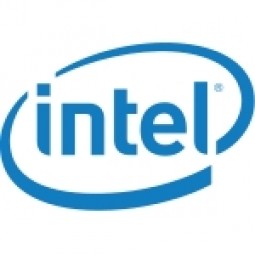Download PDF
Taking Oil and Gas Exploration to the Next Level

Technology Category
- Processors & Edge Intelligence - Embedded & Edge Computers
Applicable Industries
- Oil & Gas
The Challenge
DownUnder GeoSolutions (DUG) wanted to increase computing performance by 5 to 10 times to improve seismic processing. The solution must build on current architecture software investments without sacrificing existing software and scale computing without scaling IT infrastructure costs.
The Customer
DownUnder GeoSolutions
About The Customer
DownUnder GeoSolutions is an innovative geosciences company with a diverse range of capabilities. Their products and services are at the cutting edge of exploration and production services to the global oil and gas industry.
The Solution
DUG deployed SGI Rackable cluster powered by Intel coprocessors and Intel Xeon processor. DUG was able to scale its software to the latest highly parallel architecture for faster seismic processing and imaging while enhancing algorithmic gains in existing software.
Data Collected
Seismic Processing
Operational Impact
Quantitative Benefit
Related Case Studies.

Case Study
Remote Wellhead Monitoring
Each wellhead was equipped with various sensors and meters that needed to be monitored and controlled from a central HMI, often miles away from the assets in the field. Redundant solar and wind generators were installed at each wellhead to support the electrical needs of the pumpstations, temperature meters, cameras, and cellular modules. In addition to asset management and remote control capabilities, data logging for remote surveillance and alarm notifications was a key demand from the customer. Terra Ferma’s solution needed to be power efficient, reliable, and capable of supporting high-bandwidth data-feeds. They needed a multi-link cellular connection to a central server that sustained reliable and redundant monitoring and control of flow meters, temperature sensors, power supply, and event-logging; including video and image files. This open-standard network needed to interface with the existing SCADA and proprietary network management software.

Case Study
Refinery Saves Over $700,000 with Smart Wireless
One of the largest petroleum refineries in the world is equipped to refine various types of crude oil and manufacture various grades of fuel from motor gasoline to Aviation Turbine Fuel. Due to wear and tear, eight hydrogen valves in each refinery were leaking, and each cost $1800 per ton of hydrogen vented. The plant also had leakage on nearly 30 flare control hydrocarbon valves. The refinery wanted a continuous, online monitoring system that could catch leaks early, minimize hydrogen and hydrocarbon production losses, and improve safety for maintenance.

Case Study
H800L IoT Ball Valve
Ham-Let is a leading manufacturer of valves, fittings and instrumentation. One of the key challenges in this industry is identifying malfunctions and shutting off the appropriate valves before any damage can be done. However, it is often a demanding task to identify the cause of the malfunction and isolate the valves quickly.








